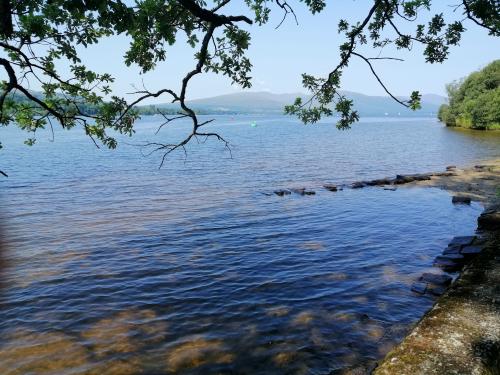Working with Scotland’s water sector and water users such as the farming sector, school children and teachers, we have designed this informative, engaging and fun series of educational posters on the important topic of water. We hope that by communicating a clear message about water, and explaining the very words used to best describe it and its many links to human life, young people and the general public will be better able to respond with real solutions in the places they live and work.
The project was funded by SEFARI Gateway’s Responsive Opportunity Scheme as part of the Scottish Government funded Strategic Research Portfolio. The creation of the series of posters was a collaborative venture which brought together scientists, teachers, knowledge exchange practitioners and designers from across the James Hutton Institute, Scotland’s Rural College (SRUC), Scotland’s Centre of Expertise on Water (CREW), SEFARI Gateway, geography teachers at Dollar Academy, Scottish Agricultural Organisation Society (SAOS), and the professional design team at Ping Creates.
The first poster in the series outlines the water (hydrological) cycle and each subsequent poster discusses key issues related to water management, including the vital role of water in agriculture and the impact of climate change, both locally and globally.
This poster is aimed at those aged 14 and above and outlines the important stages in the water cycle from H2O falling as precipitation, draining into rivers which flow to the sea, before returning into the atmosphere via evaporation. Using easy to understand terms, the visualisation of the hydrological model in this poster serves as a useful aid in discussing how water is cycled around a catchment.
Water and Farming in Scotland:
This poster describes how water is fundamental in supporting all types of agriculture, and in the production of healthy safe food. Developed with SAOS and SRUC, it identifies how water requirements vary by geographical location and farming type. Using easy to understand terms and helpful graphics this map serves as a useful aid in discussing the different demands made on water by the food we produce in Scotland.
Water and Climate Change in Scotland:
Scotland’s climate is changing - generally to become wetter and warmer on the west and drier on the east. Flooding, soil erosion and water restrictions are increasing. In this poster we outline some of the natural and man-made solutions being developed for these issues so that we can be more resilient to future changes. Using the map of Scotland as the backdrop to these challenges, a range of options as solutions to the challenge of water supply are indicated, which will hopefully to stimulate discussions.
Water and Global Climate Change:
Climate change is having an impact in major ways across the globe - by the increasing incidences of droughts, wildfire and habitat loss, increases in flooding and loss of homes, food production and even loss of lives. Solutions are being offered from citizens on the ground, including young people, to help to make communities more resilient to the impacts of water restriction, disease prevalence or to flooding. Using a globe as the backdrop to the world climate challenges, a range of options as solutions to the challenge of water supply are highlighted and will hopefully assist in debates on the topic.
It is important that both individuals and communities protect the precious resource of water and that Scotland’s water community effectivity communicate and engage with wider society. In creating these educational materials we hope they can be used either as an online teaching resource or printed out as a backdrop for the class to enjoy, and will stimulate discussion.
Note: SEFARI also has a variety of other, free to access, educational resources in addition to those discussed in this blog which are accessible at: https://sefari.scot/science-education
